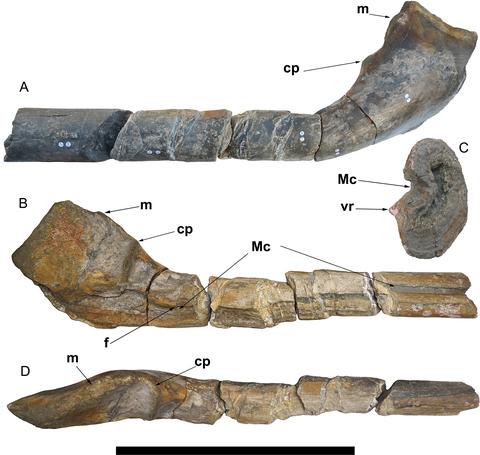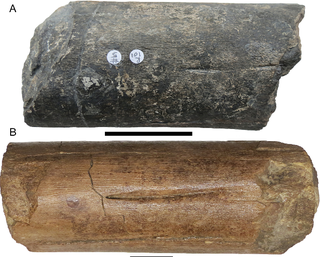Newfound Marine Fossil May Be From the Largest Creature That Ever Lived
The current find is the size of a blue whale, and scientists are hoping for more.
By David Grossman
Fossil ichthyosaur GETTY IMAGESWILD HORIZONS/UIG
The bones of a gigantic prehistoric aquatic reptile have been discovered in England. The ichthyosaur, as the 205-million-year-old reptile is known, is estimated to have been 85 feet long—around the size of a blue whale. Its discovery leaves scientists wondering if the modern blue whale might not, in fact, be the largest creature to have ever lived.
Ichthyosaurs have been found all over the world in a variety of sizes. Common in the oceans of the early Triassic and late Cretaceous periods, they resembled modern dolphins and were, for a time, the top predators in the seas.
A jawbone discovered around an hour's drive south from Bristol, U.K., allows scientists to estimate what the rest of the reptile would look like. This particular ichthyosaur was colossal.
Self-taught fossil-hunter and study coauthor Paul de la Salle made the first discovery in 2016 by the beach in Lilstock, around 50 miles south of Bristol. He initially thought it was rock, but "recognizing a groove and bone structure, I thought it might be part of a jaw from an ichthyosaur," he says in a press statement. He quickly contacted two experts, Dean Lomax of the University of Manchester and Judy Massare of SUNY College at Brockport, NY.

The bones found by la Salle.
DEAN R. LOMAX PAUL DE LA SALLE JUDY A. MASSARE RAMUES GALLOIS
Comparing the newly found fossil to a 69-foot-long ichthyosaur found in Canada, Lomax and Massare found the bone was 25 percent longer. Through scaling up, the scientists estimate the ichthyosaur was 85 feet long.
The discovery also offers some help making sense of a British mystery. A number of ancient bones were discovered in the tiny town of Aust, near Bristol, in 1850. At the time they were thought to be from a variety of dinosaurs, like stegosaurs and sauropods. The bones of Aust might be from ichthyosaurs instead.
“We compared it with these Aust bones, and as soon as I saw it in person, my jaw just hit the floor. I realized this was a giant ichthyosaur and the biggest thing ever found in the U.K,” Lomax says in National Geographic.

A comparison of the Lilstock find, above, and the bones of an Aust specimen.
DEAN R. LOMAX PAUL DE LA SALLE JUDY A. MASSARE RAMUES GALLOIS
However, he offers a word of caution in the University of Manchester press release. “One of the Aust bones might also be an ichthyosaur...If it is, by comparison with the Lilstock specimen, it might represent a much larger animal. To verify these findings, we need a complete giant Triassic ichthyosaur from the UK – a lot easier said than done!”
Source: National Geographic
No comments:
Post a Comment